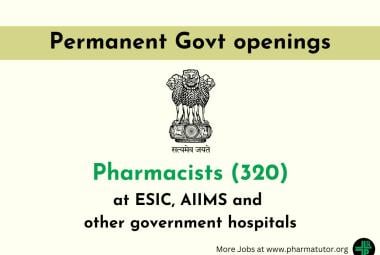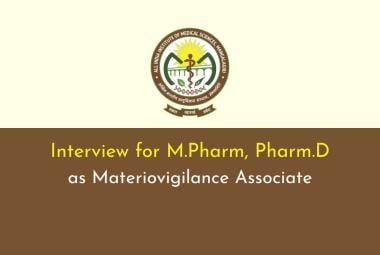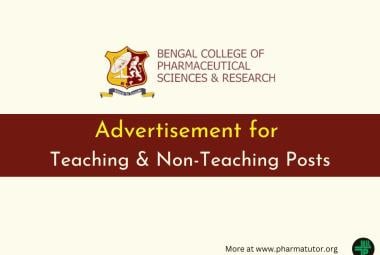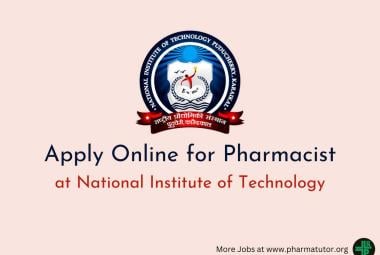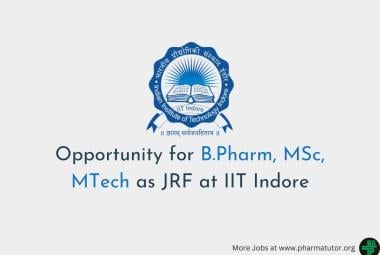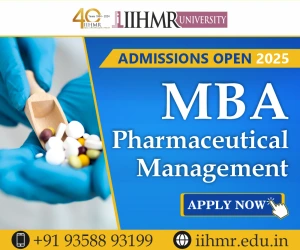EMERGENCE OF NOVEL PEPTIDE MOLECULAR CLASS AS ANTIBIOTICS
{ DOWNLOAD AS PDF }
ABOUT AUTHORS
Akansha Bhandari1, Nitisha Bhandari2*
1 Department of Lifesciences,
Shri Guru Ram Rai Institute of Technology and Science, Patel Nagar, Dehradun, India
2 Department of Biotechnology, Graphic Era University, Dehradun, India
*nitishabhandari89@gmail.com
ABSTRACT
Modern era diseases bring more challenges and hurdles to the rational drug targeting. However chemotherapy is the most affected area as most reports are related to antibiotics resistance. Although some successes are accounted as new molecules and new structures are keep on synthesizing or either isolated. One such example is Teixobactin which is isolated for Eleftheria terrae, which was found to be active against Staphylococcus and Mycobacterium bacteria. The story of Teixobactin isolation could open new horizon and opportunistic ways for future designing of useful drugs against these resistance bacteria. In the similar context we tried to compile the relevant paper that was published in nature in 2015 into a commentary based critical review.



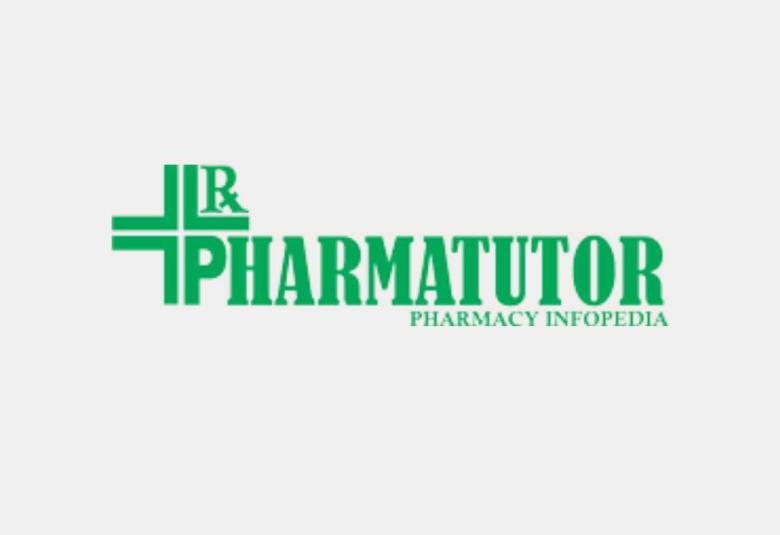

 ABOUT AUTHORS:
ABOUT AUTHORS:  ABOUT AUTHOR
ABOUT AUTHOR
 ABOUT AUTHOR:
ABOUT AUTHOR: 